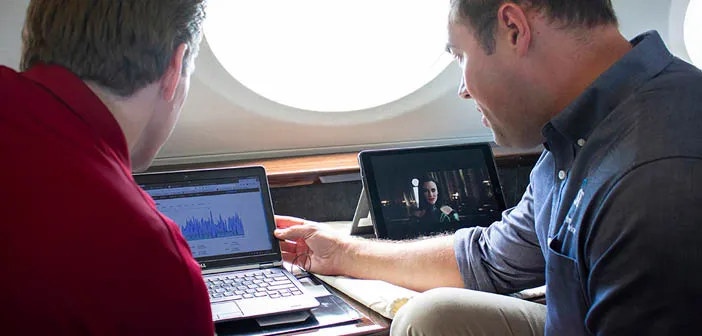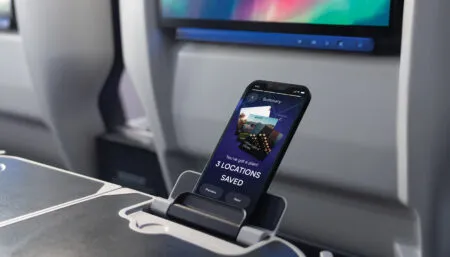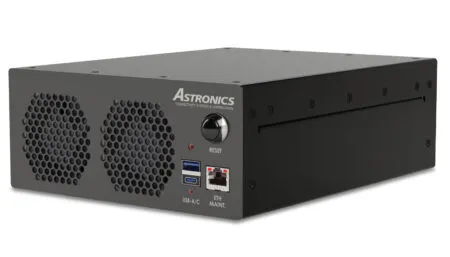Satcom Direct reveals all about a training programme it created to support its connectivity customers as their systems enter service
Business aviation is transforming into a data-driven industry where connectivity systems support transmission of richer, faster data speeds for an improved customer cabin experience and streamlined flight operations. A connectivity failure is the equivalent of an AOG, which is why managing these systems requires comprehensive knowledge. Business aviation solutions provider Satcom Direct (SD) is committed to delivering this know-how to the industry.
Each integration of an SD connectivity solution is customised to meet the needs of each aircraft. The company notes that the crew, flight engineer and operations team are unlikely to be familiar with all the possibilities delivered by the functionality, options and service delivery; nor are they likely to know how to troubleshoot technical issues in flight.
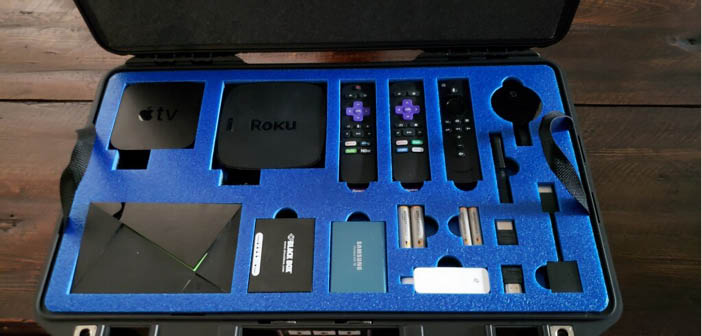
Entry into service
The installation or upgrade to a more powerful system can be a tough journey to navigate, which is why SD works closely with owners and operators to support their knowledge development through its tailored Entry into Service (EIS) training programme.
“When your principal is a head-of-state, royalty or a leading global business figure, the team needs to be confident it can maximise the system functionality and manage any issues that occur,” explains Josh Wheeler, the senior director at SD responsible for EIS and client services.
EIS training is tailored for each specific audience, which may comprise aviation directors, pilots, cabin crew, maintenance teams and flight departments. A good portion of the course content deals with satcom 101 and network theory, as well as exploring the challenges of streaming, potential service limitations and how to troubleshoot the system.
Theory in the classroom
Divided into two phases, classroom theory focuses on educating participants about the individual components and how it all links together using the full SD ecosystem of hardware, software and infrastructure.
Content includes sessions devoted to the Satcom Direct Router (SDR); the SD Pro operating system and its integrated modules; and the SD ground infrastructure. The latter includes the SD Data Centre, which supports virtual private networks. It also highlights how the open architecture of the system integrates with external third parties to streamline operations.
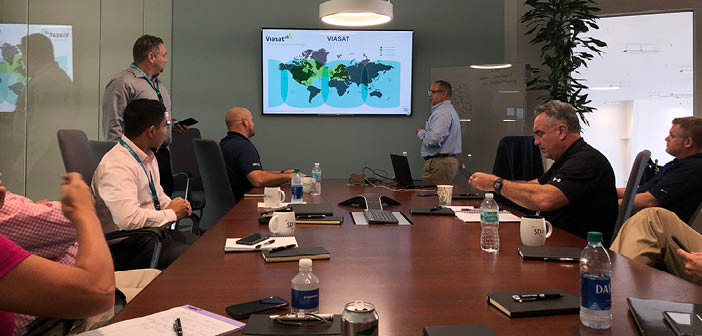
Practical experience on-wing
Phase two takes place on-wing and initiates practical applications of the theory with time spent optimising the system. “We also purposely add in faults,” says Wheeler. “We create bottlenecks to slow down the network or turn off different parts of the system. This troubleshooting is perhaps the most valuable part of the experience as it inspires confidence to either fix issues or escalate them to our NOC.”
Cybersecurity is covered to raise awareness about mitigation and elimination of the risks posed by cybersecurity events.
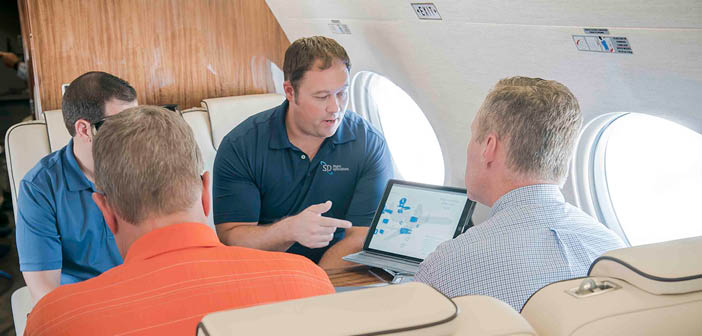
VIP service
Earlier in 2020 SD has took this hands-on experience to another level with the introduction of its VIP EIS experience. As an aircraft enters into service with a newly installed system, an SD technician may spend up to two weeks embedded with the principal to help them navigate the system’s full potential.
“Owners, VIPs and CEOs increasingly want to know how to make the most of their investment,” says Wheeler. “We ensure they understand how the system connects with their own personal devices and set realistic expectations about how connectivity at 40,000ft differs from the ground experience.”
Wheeler adds that getting to know the customer also supports SD’s ability to understand trending customer needs and sharpens focus on product development.
Flexibility in a pandemic
Training takes place at the SD EIS hangar, located in Melbourne, Florida, or on-site at the customer’s own location. The pandemic has stimulated higher numbers of training sessions as flight departments make the most of the enforced flying restrictions to up their aviation IT knowledge. To satisfy the demand the EIS team has been delivering material through virtual training, phased group attendance and limited on-wing activity.
Since introducing the EIS programme four years ago, the SD professionals have visited more than 700 customers around the world to give on-site and on-wing support, while a further 50 customers have visited the Melbourne hangar.
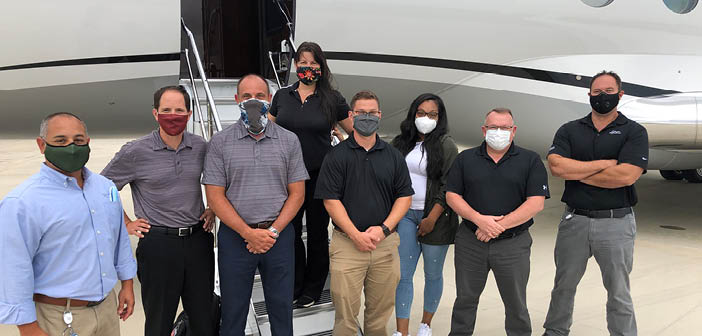
The additional VIP EIS programme has seen SD professionals join 10 principals during flights. “Professional training is critical in maintaining industry standards, which is why we’re investing so heavily to support our customers,” says Wheeler.
SD continues to provide a variety of other educational options. The company created an accredited IT aviation certificate, aeroIT, for IT professionals, as well as aeroCNCT, designed to support industry professionals that work with, or are responsible for, connectivity during flight. In response to COVID-19, which put a halt to much of its customer interaction, a series of training webinars was introduced, and is now a permanent feature of the SD training programme.
